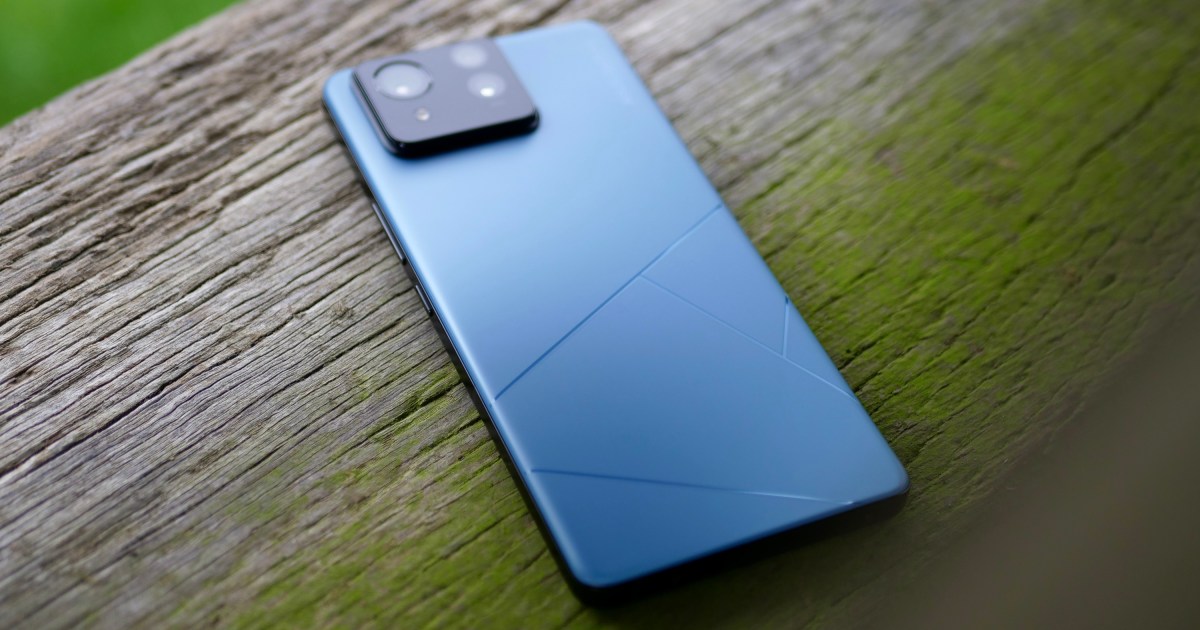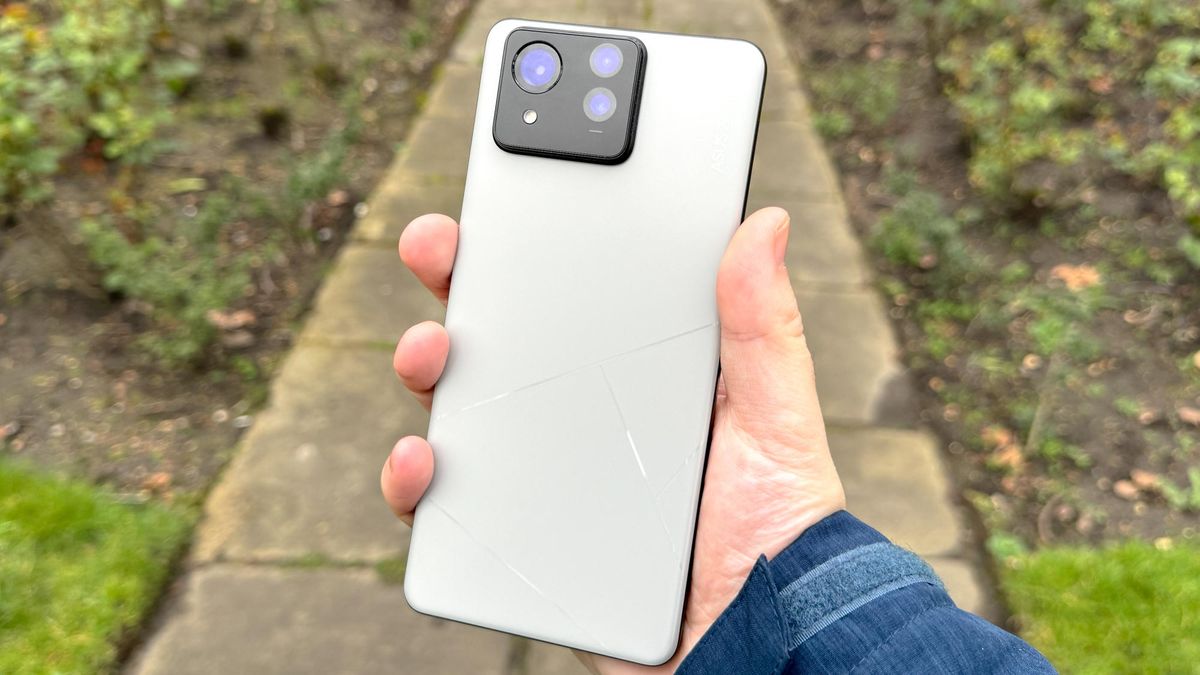Asus unveils its latest addition, the Zenfone 11 Ultra. Positioned as a flagship contender. With its 6.78-inch screen, 5,500mAh battery, and a starting price of $899, it’s evident that Asus is targeting users who prioritize screen real estate and performance.

Also Read: Cognition Introduces Devin, Worlds’s First AI Software Engineer
Powered by a Snapdragon 8 Gen 3 chipset and offering 12GB of RAM / 256GB of ROM in its base configuration, with a 16GB / 512GB variant available internationally, the Zenfone 11 Ultra promises smooth performance and ample storage.
Its LTPO display allows for a refresh rate of up to 144Hz, offering a fluid experience especially during gaming sessions.
The device has a capable camera setup, including a 50-megapixel main camera with six-axis stabilization, a 13-megapixel wide-angle lens, and a 32-megapixel 3x telephoto lens.
It also has features for AI-powered enhancements for tasks like live language translation and noise cancellation during phone calls.
Some reviewers find the Zenfone 11 Ultra lacking in the “Ultra” department, especially when compared to Asus’s gaming-focused ROG Phone 8 Pro.
While it delivers solid performance and battery life, it falls short in terms of design innovation and standout features.
Moreover, its $899 starting price places it in a competitive market segment, where other flagship devices offer similar or better value.
Has a 6.78-inch LTPO AMOLED display, the Zenfone 11 Ultra has a sizable canvas for multimedia experiences. However, its design, though sturdy with a metal-glass construction, lacks the finesse seen in its counterparts.
With a thickness of 8.9mm and weighing 224 grams, it may not be the most ergonomic choice for single-handed usage.
Also Read: European Union Approves World’s First Set of AI Regulations
Performance:
Powered by Qualcomm’s Snapdragon 8 Gen 3 chipset and with up to 16GB of RAM and 512GB of storage, the Zenfone 11 Ultra promises performance.
In real-world usage it delivers an experience with fluid navigation and swift app launches. Its categorization as “Ultra” raises expectations, which it fails to fully meet. The device’s 5,500mAh battery offers longevity but struggles under intensive tasks.
Camera:
Equipped with a versatile camera setup including a 50-megapixel main sensor, a 13-megapixel ultrawide lens, and a 32-megapixel telephoto camera, the Zenfone 11 Ultra plans to capture moments with finesse.
While it excels in daylight photography producing detailed and vibrant shots, its performance in low-light conditions leaves room for improvement.
The addition of AI-powered features enhances the camera’s functionality, but the results remain comparable to its predecessors failing to justify its “Ultra” moniker.
Software:
Running on Asus’s Zen UI based on Android 14, the Zenfone 11 Ultra offers a clean and intuitive user interface.
Its AI-driven enhancements including live language translation and noise cancellation, fail to elevate the user experience.
While features like Video Genie and GlideX add value, the absence of innovations hampers its competitive edge.
Pricing:
Priced at $899 for the base model, It faces fierce competition in its segment. With alternatives like the OnePlus 12 and Google Pixel 8 offering compelling features at similar price points, Asus struggles to establish a value proposition.
Also Read: Google Restricts Gemini AI Chatbot from Election Queries


/cdn.vox-cdn.com/uploads/chorus_asset/file/25334622/DSC07091.jpg)



















